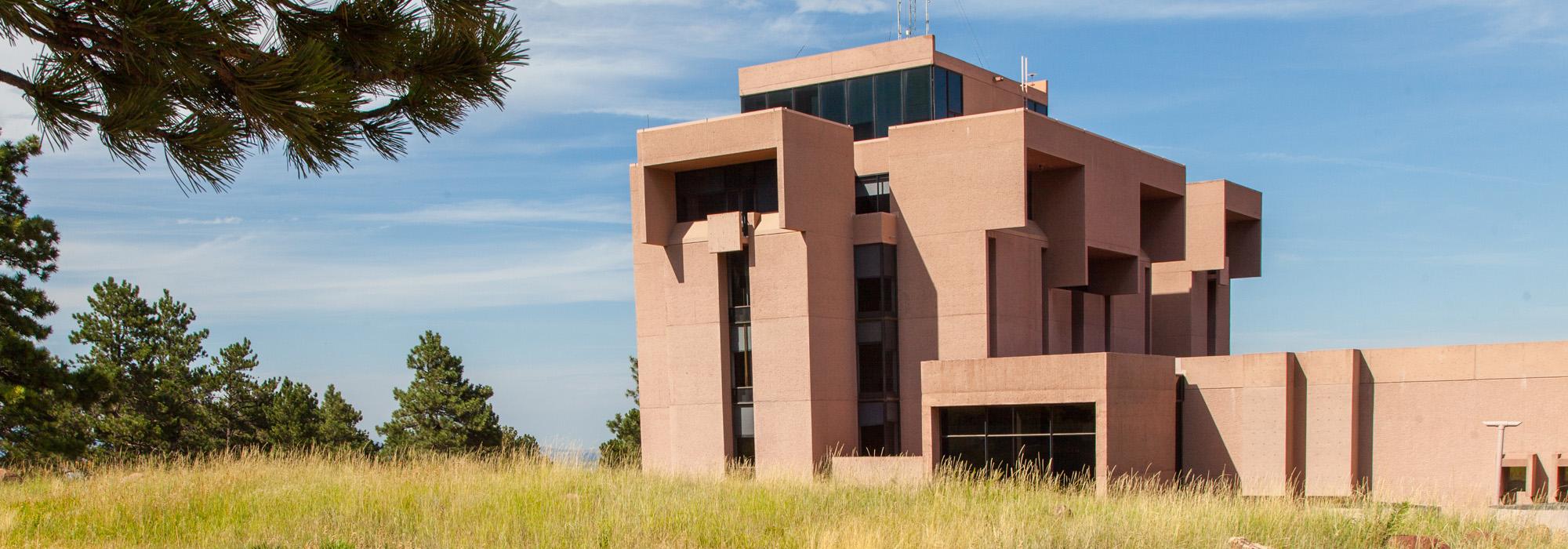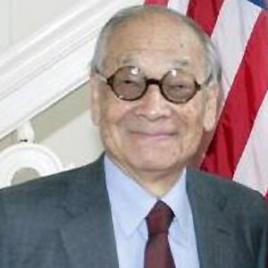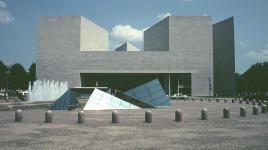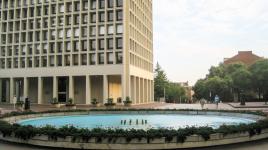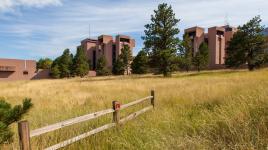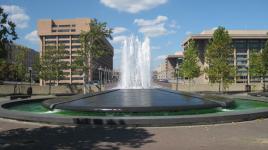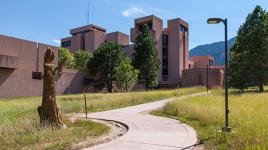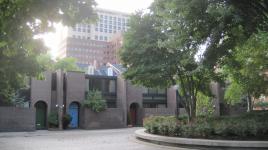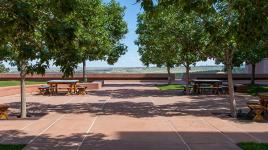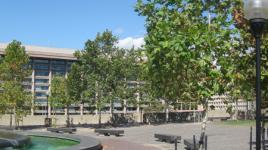Pioneer Information
Born in Guangzhou, China, Ieoh Ming Pei came to the U.S. at age 17, earning his B.Arch. in 1940 from the Massachusetts Institute of Technology and his M.Arch. in 1946 from the Harvard Graduate School of Design. In 1955, he founded the architectural firm I.M. Pei & Associates, which was re-named I.M. Pei & Partners in 1966, and Pei Cobb Freed & Partners in 1989.
Pei's unique approach to Modernism came into its own with a trio of projects: the National Center for Atmospheric Research in Boulder, Colorado (1967), the East Building of the National Gallery of Art in Washington, D.C. (1978), and the John F. Kennedy Presidential Library and Museum in Boston (1967). All three projects were designed with landscape architect Dan Kiley, with the latter considered amongst his best known institutional projects out of more than thirty. In addition to the National Gallery, Pei designed more than a dozen museums around the globe, most notably the Grand Louvre in Paris (1989), where a sprawling seven-acre parking lot was transformed into a fountain plaza that provided a dignified arrival experience for visitors. Pei has received numerous awards for his work, among them the Pritzker Architecture Prize; the Gold Medal for Architecture of the American Academy of Arts and Letters; the Medal of Freedom; and the Medal of Arts from the National Endowment for the Arts. Pei died in New York City at the age of 102.



